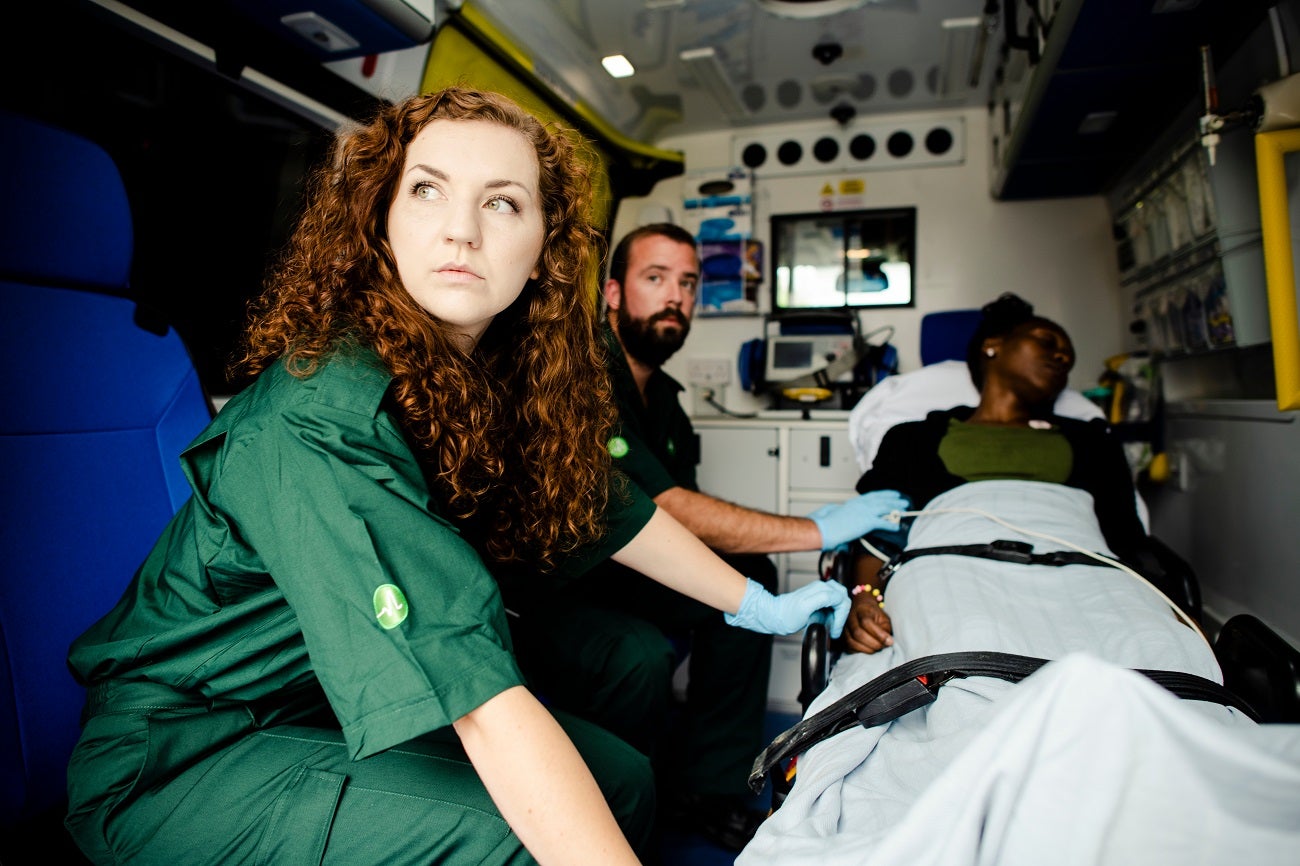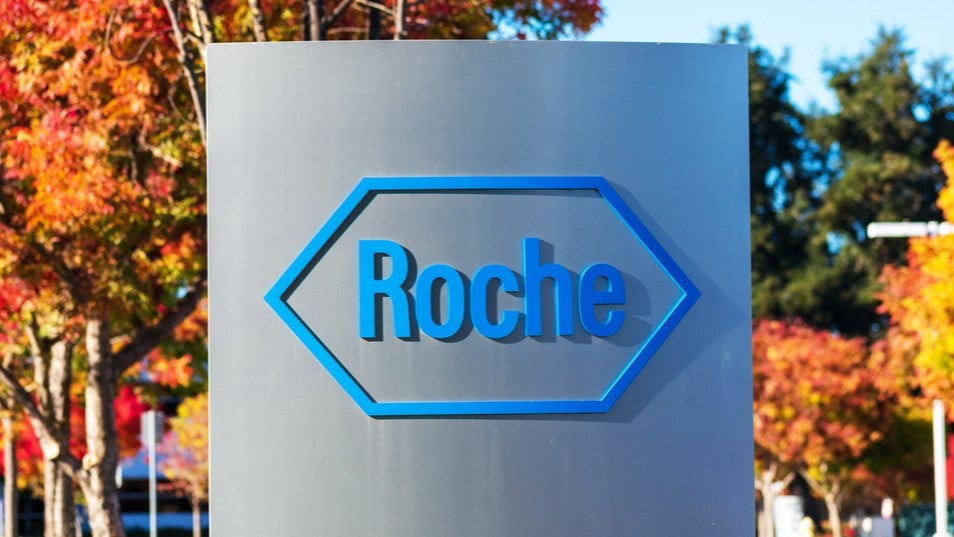
Advances in emergency response technology means that paramedics’ jobs are looking increasingly different to how they did just a decade ago. From smart ambulances to medicine-transporting drones, the efficiency of care in a crisis is something technology companies are always seeking to improve upon, especially in situations like cardiac arrest or stroke, where time can be critical.
Visionable chairman Lord Victor Adebowale, whose company’s telehealth technology is being used as part of O2’s smart ambulance initiative, says: “In a crisis, time is important because of the golden hour – the period following a serious injury during which there is the highest likelihood that prompt treatment will prevent death. The more things you can do in that golden hour the more likely it is that you’re going to be able to save a patient’s life.”
One of the key issues paramedics can face is physically reaching their patients. Sometimes accidents happen in remote and rural areas that can take a long time to reach in a vehicle, or even have to be accessed on-foot. We take a look at some of the innovations which are helping paramedics reach their patients and administer treatment faster.
Smart ambulance initiatives are revolutionising patient treatment
A look into innovations in paramedic technology wouldn’t be complete without a nod to smart ambulances. In the UK, the O2 mobile network is working with Visionable for video collaboration software, Samsung for devices and Launchcloud for asset tracking and compliance, to create a new smart ambulance.
The service equips standard ambulances with state-of-the-art devices and connectivity to create an ambulance that can utilise the 5G network to communicate back to hospitals. Using Visionable’s remote consultation technology, paramedics in smart ambulances can correspond directly with hospital clinicians with the patient on board. In many circumstances, they can even start treatment before they even reach their destination, guided remotely by a specialist.
The smart ambulance is hoped to be particularly useful in rural areas, where a loss of connection is a common problem.
How well do you really know your competitors?
Access the most comprehensive Company Profiles on the market, powered by GlobalData. Save hours of research. Gain competitive edge.

Thank you!
Your download email will arrive shortly
Not ready to buy yet? Download a free sample
We are confident about the unique quality of our Company Profiles. However, we want you to make the most beneficial decision for your business, so we offer a free sample that you can download by submitting the below form
By GlobalDataAdebowale says: “We are actually working with 5G at the moment in some rural areas. I’m hoping that we can actually do something about loss of signal by having local stations for connectivity.
“Obviously, all communication is limited by the availability of infrastructure, but we think 5G might be able to help with that.”
Paramedics in jetpacks could soon be the norm in the Lake District
When accidents befall people out hiking, it can be problematic for paramedics to get to them in the first place. Many areas if mountainous terrain can be inaccessible to an ambulance or motorbike and take up to several hours to scale on foot. For some patients, an hour can be the difference between life and death. In the UK’s Lake District, a jet suit for paramedics has now been trialled by the Great North Air Ambulance Service (GNAAS). Developed by Gravity Industries, the suit could allow paramedics to scale steep hills and mountains within minutes.
The jet suit contains two microjet engines worn on each arm and one worn on the back, allowing the wearer to navigate by simply moving their hands. Built into the helmet is a display that shows the engine parameters and speed to help pilot the suit, and as the project progresses GNAAS plans to build the ability to add waypoints to that display for the paramedic to follow.
Gravity Industries founder Richard Browning says: “The microjet engines are like little baby versions of what you have in a jet fighter or civil airliner. As you gradually point them all downwards you lift off the ground, and if you want to then come down you flare your arms out and you come down again. The rest of the manoeuvrability is quite intuitive – point one arm to the right and you go left, that kind of thing.”
The jet suit is currently covered under general aviation by the UK Civil Aviation Authority (CAA), meaning there is currently no requirement for a formal license to fly it. That said, as the project develops GNAAS and Gravity will be working together to design a flight training system for Lake District paramedics to ensure full competency when the suit is being used.
Paramedics would be armed with a medical kit containing strong pain relief for hikers who may have suffered fractures and a defibrillator for those who may have suffered a heart attack. While GNAAS say it’s too early to put a date on the technology becoming operational, the technical skills and ability to use the equipment are all in place – now, it’s just down to tying up some financial and logistical matters.
One thing that Gravity Industries’ jet suit can’t do in an emergency is get a patient to hospital any faster – a single paramedic will be able to reach them faster to provide on-site care, but if a trip to the emergency room is necessary then a wait for an air ambulance is still necessary.
Flying cars could also help bring paramedics to emergencies faster
Outside of the Lake District, Jump Aero’s electric vertical take-off and landing (eVTOL) aircraft has much the same mission – getting paramedics to the scene of an incident quicker and easier. Founded by flying car developer Terrafugia president Dr Carl Dietrich, Jump Aero aims to cut emergency response times in half through an aircraft that can safely carry paramedics to emergencies at high speeds of up to 200mph.
While little information has been released about Jump Aero’s final design, it will ultimately be a single-seat aircraft designed to fly a single paramedic to a scene, but not to transport the patient back to a healthcare facility.
An eVTOL like this has a number of advantages over ambulances. They cost less to run as they rely on electricity rather than petrol, which also makes then more eco-friendly. They can also land anywhere in emergency situations, meaning they should be able to reach certain areas ambulances may not be able to. Also, once programmed with their destination, an eVTOL will begin to fly in a mostly autonomous mode.
This isn’t the only eVTOL in development for emergency response situations. The International Civil Aviation Organisation (ICAO), for example, is working on Ambular, a medical eVTOL designed to be open-source on completion. The Ambular eVTOL differs from Jump Aero’s, as the proposed design will have capacity for a paramedic and a patient, meaning it can transport them to hospital if necessary.
Blockchain is opening doors for paramedics in Poland
SmartKey is a public access control framework that uses the blockchain Ethereum to send different parties programmable keys, using a trusted blockchain method which could be applied globally. The firm has now partnered with the local government authorities in Olsztyn, Poland to give rescue services teams – including paramedics – blockchain-enabled instant access to secure districts and buildings within the region in case of emergency.
Using this method emergency response teams don’t need to track down key holders when they arrive at the scene of an incident, greatly reduces response times and potentially saving lives. There is currently no standardised way to ensure emergency teams have access to secure areas.
This is the first time SmartChain technology has been used with a government authority. If the pilot is successful, it could pave the way for other cities and regions to use the same technology throughout their emergency services infrastructure.
Szymon Fiedorowicz, CEO and co-founder, SmartKey says: “SmartKey leverages the power of blockchain technology to assist the emergency services to respond more quickly and efficiently to incidents. By using smart contracts, connected to a device which can be kept by the rescue teams we can grant access to all secure districts without delay – and that has the potential to save lives.”







